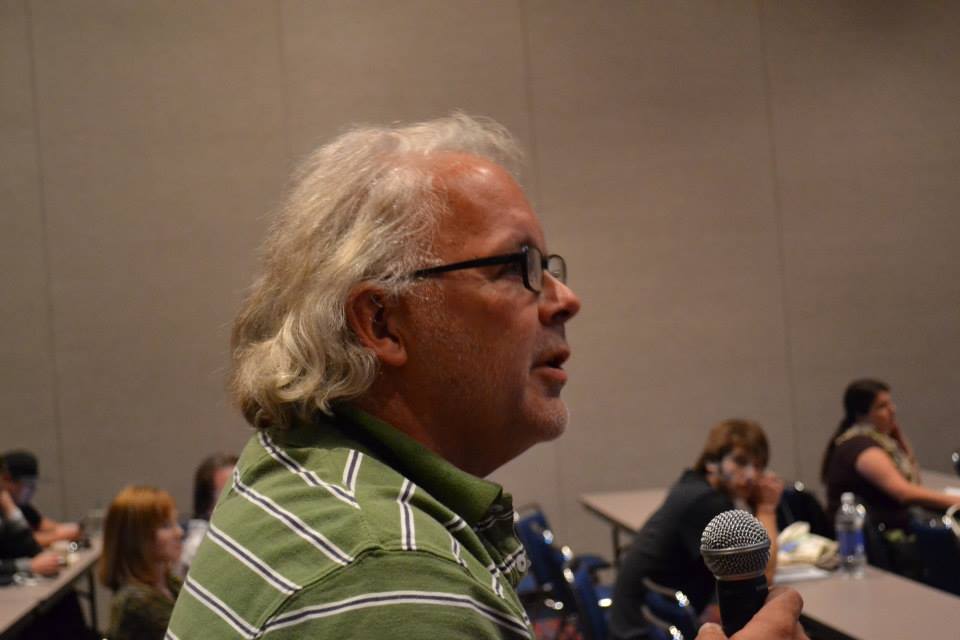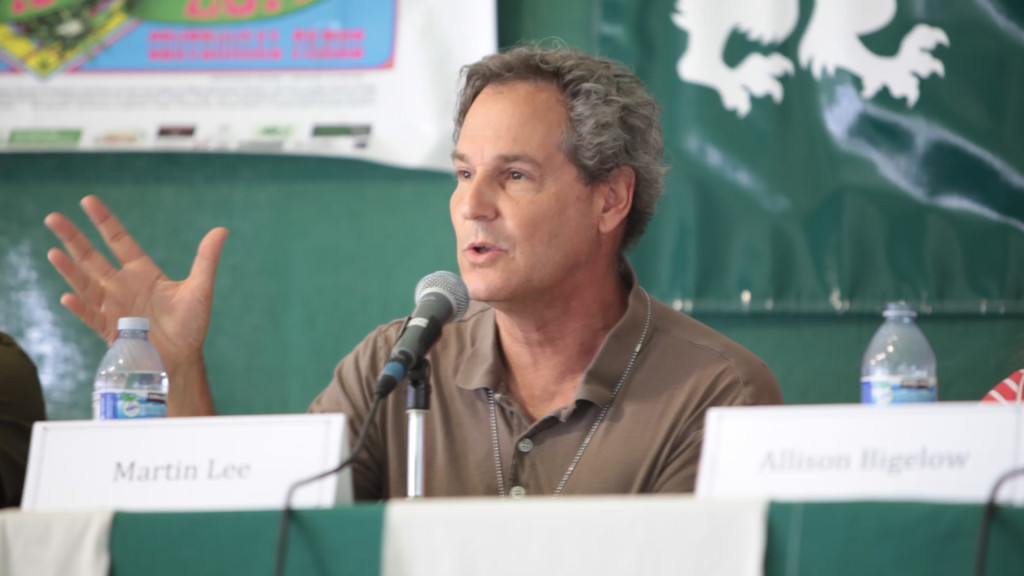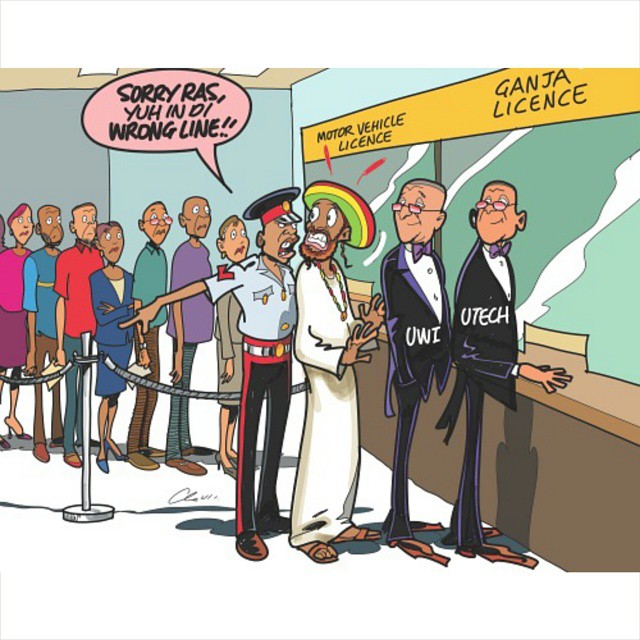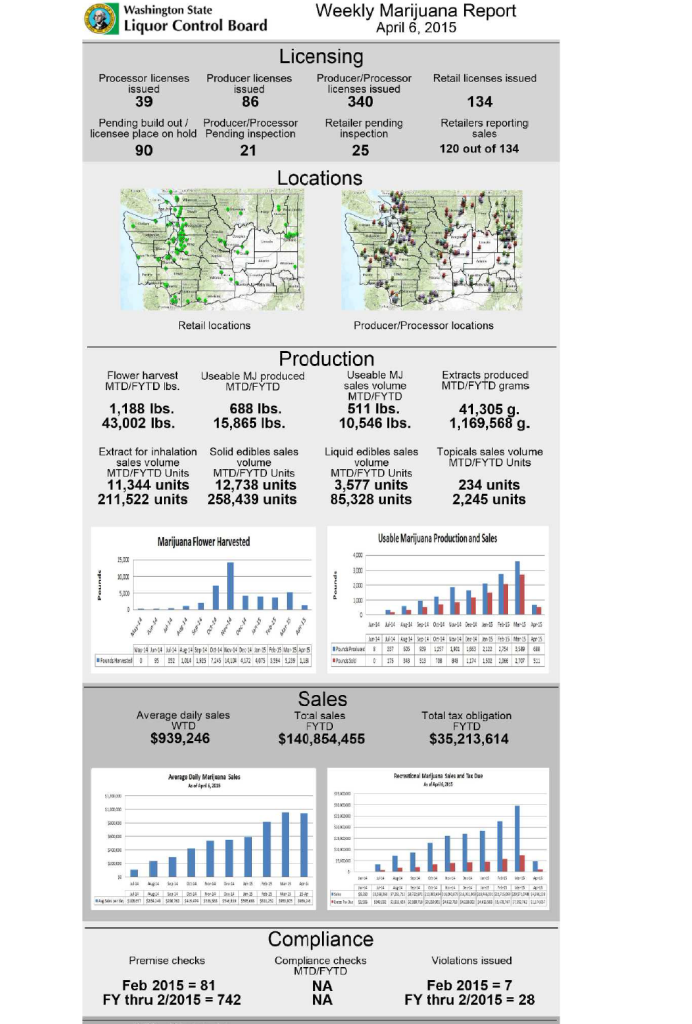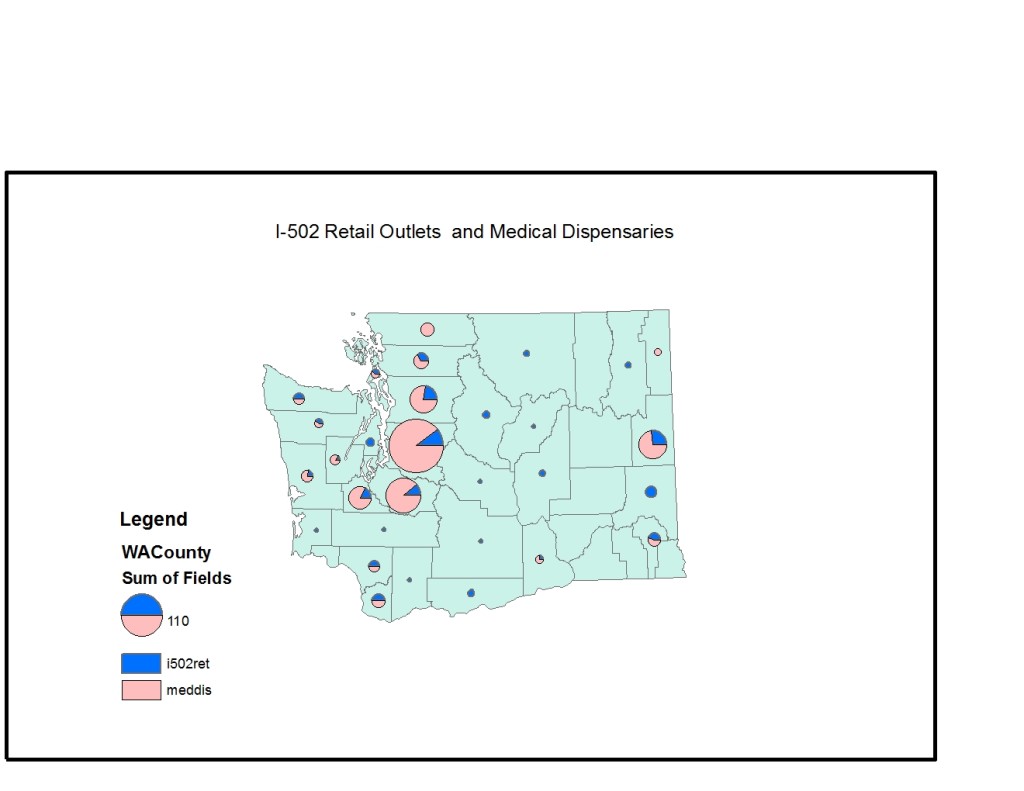by Dominic Corva, Executive Director
As Oregon moves towards the Washington model for legalizing cannabis, it’s important to document how, why, and who. This letter came to us on a listserv email, as a response to Oregon cannabis organizers questioning why State Legal Cannabis now seems to preclude preservation of the existing Oregon Medical Marijuana Program (OMMP). This post reproduces Senator Kruse’s letter as it came to us in an email: it may have been abbreviated or altered in transit. If so we are happy to make corrections.
There are many political and economic rationales at work to turn cannabis legalization into a reason to radically restructure medical cannabis regulation, but this letter highlights, in no particular order (1) perceived political pressure from the Federal Government; (2) perceived lack of regulation despite Oregon’s existing medical regulatory framework (as opposed to Washington, which didn’t have one on account of then-Governor Gregoire’s 2011 section veto); (3) deference to minority voter will; (4) backlash against “vulgar and threatening” approaches by some cannabis activist communications; (5) and belief that it is possible to end black market sales in Oregon through legislation this session.
Only one of these rationales is totally detached from reality — the last one. It’s unclear to me how legislators don’t grasp the regulatory reality of 40 years of prohibition — an effort to legislate and enforce the black market out of existence. It doesn’t work, and that’s why voters are passing legalization initiatives. Or rather, it does work: it works to create cannabis informal markets that respond to price differentials across space. In Oregon, this has meant the development of a major export market. This did not happen overnight, and it was not the result of medical marijuana regulation. Ending medical cannabis regulation does not and can not mean ending black market sales in Oregon.
Other than that, all of the other rationales have some purchase in reality even if they support the counterproductive aim of excluding people from society rather than bringing them in from the shadows. They establish lines in the sand over which the future of Oregon, and United Statesian, cannabis legalization are being contested. From our perspective, here are a few counterpunches:
(1) Federal government cannabis policy has always been fear-based, not evidence-based. Legalization cannot achieve its social purpose — ending the drug war — through fearful deference to Federal legal categories and threats.
(2) OMMP is as much about legal protection from an insane drug war as it is about protecting the right to health. Colorado’s regulations are no more strict than OMMP, and the Federal government has shown no signs of interference.
(3) Protecting the rights of minorities is a great democratic goal — but in this case, the voting minority is morally wrong: continuing the failed drug war on a county- and city-level patchwork geography is bad for society and will doom efforts to create a statewide cannabis peace experiment.
(4) How we communicate is just as, if not more, important than what we communicate. Rude and threatening communication from 2014’s session ensured that key lawmakers in the 2015 session allowed only I 502 business interests to influence their thoughts and decisions about medical cannabis in SB 5052. We at the Center believe that nonviolent engagement is the best strategy for winning hearts and minds in the drug peace movement.
That said, I present to you Oregon Senator Jeff Kruse, R-Roseburg. The message has been copied and pasted from email without alteration.
***
*”Working Hard For You*
*MAY 22, 2015*
*POT…..AGAIN*
I have received a lot of phone calls and emails on the subject of
marijuana, which advocates say we should call cannabis, but for the sake of
brevity in this letter I will call it pot. While a good number of these
have been thoughtful and courteous, a large number and been vulgar and even
threatening. To those in the latter category, if you are trying to make a
valid point with a legislator, you are going about it the wrong way. I
can’t speak for my colleagues, but personally I don’t respond to such
tactics and have little respect for those who use them.
Before I go any further it might be a good idea to once again tell you why
I am qualified to be working in this subject area. First, I am a
recovering addict. I have been drug and alcohol free for 29 years; but,
among the other things I did, I was a daily pot smoker for eighteen years.
Additionally I have been involved legislatively with the medical marijuana
program since the passage of the ballot measure in 1998. I entered this
Session with a lot of thoughts, but two primary objectives. The first was
to protect the integrity of the medical program and the second was to
attempt to end the black market sales in Oregon. Senate Bill 964 (which
deals with the medical program) goes a long way to achieving those
objectives.
Many have asked why we are dealing with the medical program when Ballot
Measure 91 was about recreational use. The short answer is because of the
direction we have received from federal government on the subject. We need
to remember that pot is a schedule 1 narcotic at the federal level, and
they expect a much higher level of accountability than we currently have in
the system, which is actually no accountability at all. For example, if we
assume two pounds of pot for each of the 71,000 patients that would give us
a total of 142,000 pounds accounted for in the system. However, the
conservative estimates from OSU tell us there is well over a million pounds
being produced (and other estimates take us to a much larger number).
There is clearly no way we can claim we know where the pot being produced
is going, but one would have to assume it is going into the black market.
According to the Cole Memorandum from the US Department of Justice this is
a red flag which could jeopardize the recreational program. SB 964
includes a tracking system which, with the support of the Governor’s
office, will satisfy the feds on the issue of accountability.
The issue that split the Joint Committee was the local option relative to
the location of dispensaries. All of the Senate members of the committee
wanted a local option provision, but three of the five House members
didn’t. Over that issue the committee split and a Senate-only committee
was created, which passed out SB 964. For those keeping track of such
things, if the House had agreed it would have been SB 844. Our version
allows a local jurisdiction (city or county) to decide if they want to
allow dispensaries, including the time, place and manner of the
operations. It has two other provisions, one which would allow the people
to put a measure on the local ballot with only 4% of registered voters
being required and the second gave local governments 180 days to decide to
give adequate time for people to put something on the ballot. It should
also be noted all existing dispensaries and those that have gone through
the permit process would still be in place. We are hoping to get similar
provisions on tracking and local options in the recreational bill, which is
currently HB 3400 (which we just started working on).
An interesting side note on “the will of the people.” Clearly the voters
passed medical marijuana in 1998 and we have been working to improve the
system since that time. It is also true the people passed Measure 91 at
the last election, which compels us to implement the recreational program.
What I have always found to be interesting is what is defined as an
“overwhelming majority.” In the case of Measure 91 the yes votes were 56%,
which for some reason qualifies under the overwhelming category. What
tends to be forgotten is the fact 44 out of 100 people voted no, which I
think is actually significant. What I mean by that is the fact that those
who voted no should not be totally ignored. As a Senator I don’t represent
just those who voted for me, I represent all the people of my district. I
personally don’t think 56% is overwhelming, especially when in some parts
of the state the vote went the other way. This is the primary reason I am
supporting the local option, because I would prefer the state not dictate
to communities much in the same manner I don’t like the federal government
dictating to the states. My favorite example is the education system. The
more the federal and state governments have been dictating to school
districts, the worse the outcomes have become.
The legalization of marijuana is a major change in this state. We are
committed to doing what we can to make sure we do it right. I just think
it is important to not step on the rights of communities and the people in
those communities in the process.
Sincerely,
Senator Jeff Kruse”

